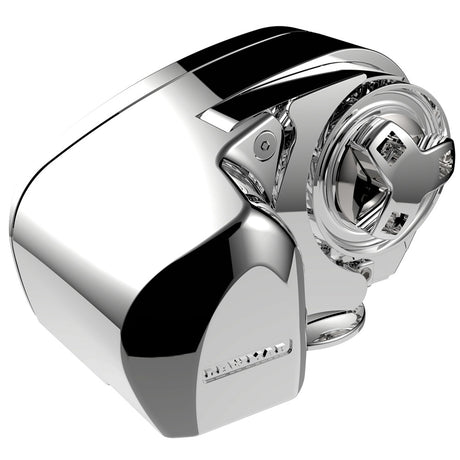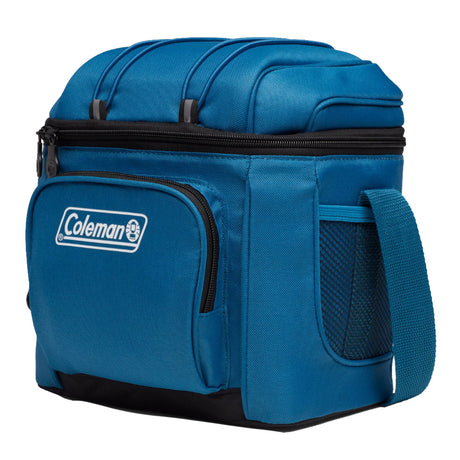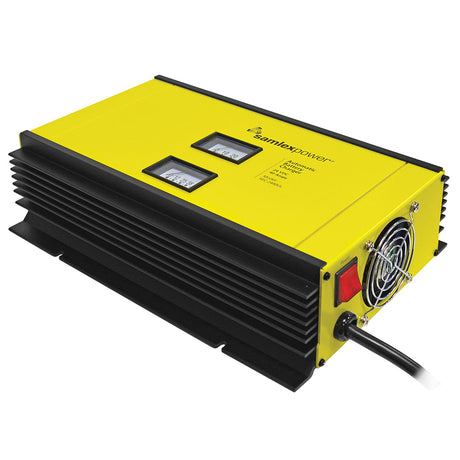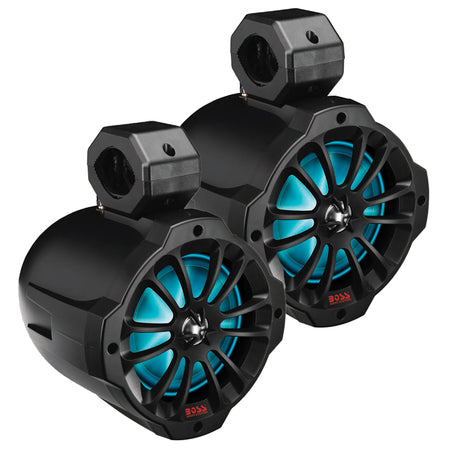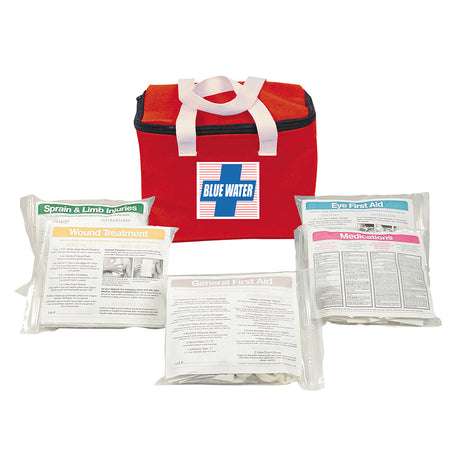Airmar B75 High 12 Degree Thru-Hull Tilted Element 8-Pin [B75C-12-H-8G]
Airmar B75 High 12 Degree Thru-Hull Tilted Element 8-Pin [B75C-12-H-8G] is backordered and will ship as soon as it is back in stock.
Couldn't load pickup availability
Payment
Payment
- Credit Cards: We accept major credit cards, including Visa, Mastercard, American Express, and Discover.
- Apple Pay & Google Pay: Simplify your checkout process using these digital wallets.
- Shop Pay: For faster checkouts and secure payment processing.
Shipping
Shipping
Ground, 2nd Day Air and Next Day Air available ! Same Day Shipping if your order is placed by 4pm Eastern
Returns
Returns
At Harbor Supply, we aim to ensure you’re completely satisfied with your purchase. If you need to return an item, you have 90 days from the date of delivery to initiate a return.
Eligibility for Returns:
To be eligible for a return:
- The item must be in its original condition—unused, unworn, with all tags still attached, and in its original packaging.
- You’ll need the receipt or proof of purchase.
Please note, returns must be authorized before sending any items back. Items returned without prior authorization will not be accepted.
Description
Description
B75 High 12 Degree Thru-Hull Tilted Element 8-Pin
Airmar’s Broadband / CHIRP transducers represent the next generation of technology that will allow fishermen to unlock secrets in fishfinding. Echosounder operation away from the traditional 50 kHz and 200 kHz has proven that different fish species return better signals at various frequencies. Airmar’s Broadband Transducers are capable of operating over a wide (or “Broad”) frequency band ranging from 25 kHz to 60 kHz and from 130 kHz to 210 kHz.
Traditional fishfinders transmit a pulse at a single frequency (50 kHz or 200 kHz), which is often referred to as a “tone burst”. Better deep-water and bottom detection is obtained by transmitting a longer pulse, because the fishfinder is delivering more energy to the transducer. However, the drawback of a long pulse is that it provides reduced target resolution. For example, if a fishfinder transmits a pulse that is 500 microseconds in duration, it has a pulse length of 0.7 m (2.4’). With a tone burst, no targets can be resolved that are closer to one another than the pulse length. Fish less than 0.7 m (2.4’) apart, or less than 0.7 m (2.4’) from the bottom, can not be detected. Fish schools will appear in this case as a single large mass, while fish close to the bottom will appear attached to the sea bed and will be difficult or impossible to detect.
With CHIRP, the transmission pulses are typically very long and may start at 40 kHz and end at 60 kHz. By comparing the shape of the stored transmission pulse with the received echoes from the transducer, it is possible to find echoes in the noise and precisely determine their range with astounding accuracy.
Using CHIRP, it is now possible to obtain:
- Much greater range because very long pulses can be used.
- Much better resolution because the sonar pulse is swept across a frequency band (from 40 kHz to 60 kHz, for example).
- Enables targets to be precisely located within inches on the display using pattern-matching techniques.
- Closely spaced fish and fish lying on the bottom can be accurately detected and displayed as distinct targets.
- Because weak fish and bottom echoes can be resolved within the noise (the ‘snow’ on a conventional fishfinder display), it is possible both to detect targets at far greater depths than before and track the bottom at higher boat speeds.
Features:
- 12 m (40’) cable
- Depth and fast-response water-temperature sensor
- Same elements and performance as the B765LH/LM offered in a low-profile housing
- Bronze transducer housing
- Boat Size: Up to 8 m (25’)
- Hull Type: Fiberglass or wood
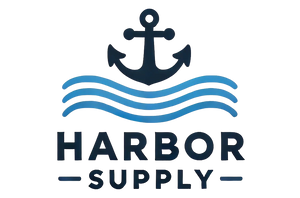
![Airmar B75 High 12 Degree Thru-Hull Tilted Element 8-Pin [B75C-12-H-8G]](http://harbor-supply.com/cdn/shop/files/109050XL.jpg?v=1748373314&width=1406)
![Airmar B75 High 12 Degree Thru-Hull Tilted Element 8-Pin [B75C-12-H-8G]](http://harbor-supply.com/cdn/shop/files/109050XL.jpg?v=1748373314&width=1500)
